The history of urban development in the Czech Republic is rich and diverse, reflecting the country’s changing political, social, and economic landscape over the centuries. Here’s an overview of key periods and developments:
- Medieval Period (9th-14th centuries):
- The early medieval period saw the establishment of fortified settlements and castles, often built on strategic hills for defense purposes.
- Prague, the capital of the Czech Republic, has a history dating back to the 9th century. The Prague Castle, founded in the 9th century, became a focal point for the development of the city.
- Golden Age (14th-16th centuries):
- The 14th century marked a period of economic growth and urbanization. Prague, as well as other major towns like Kutná Hora, prospered.
- The Charles University in Prague, founded in 1348, played a crucial role in the cultural and intellectual development of the region.
- Hussite Wars and Habsburg Rule (15th-17th centuries):
- The Hussite Wars (1419-1434) had a significant impact on the urban landscape, causing destruction and reshaping the political and religious landscape.
- During the Habsburg rule, many towns developed a distinctive Baroque architectural style. Prague, in particular, saw the construction of numerous Baroque buildings.
- Austro-Hungarian Empire (18th-19th centuries):
- The 18th century saw the continued development of urban centers, influenced by the Baroque and later the Neoclassical architectural styles.
- Industrialization in the 19th century led to the growth of manufacturing towns, and the expansion of railways connected cities and facilitated economic development.
- First Czechoslovak Republic (1918-1938):
- The establishment of Czechoslovakia after World War I brought about urban planning initiatives and the modernization of infrastructure in cities.
- Architectural styles during this period ranged from functionalism to a nationalistic style influenced by Czech traditions.
- World War II and Communist Era (1938-1989):
- World War II brought devastation to Czech cities. After the war, the country fell under Communist rule, leading to central planning and standardized architecture.
- The Communist era saw the construction of large housing projects and industrial complexes, with a focus on practicality rather than aesthetic considerations.
- Post-Communist Era (1990s-Present):
- The fall of communism in 1989 marked a new era of urban development. Cities underwent revitalization projects, and historic districts were restored.
- Prague, in particular, became a major tourist destination, drawing attention to its well-preserved historic architecture.
Throughout its history, the Czech Republic’s urban development has been shaped by a mix of cultural, political, and economic influences, resulting in a diverse architectural landscape that reflects the country’s dynamic past.

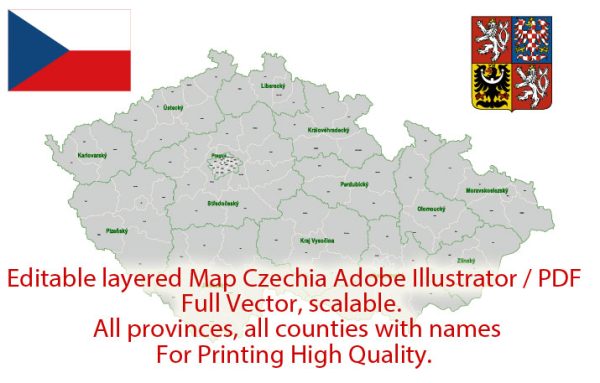
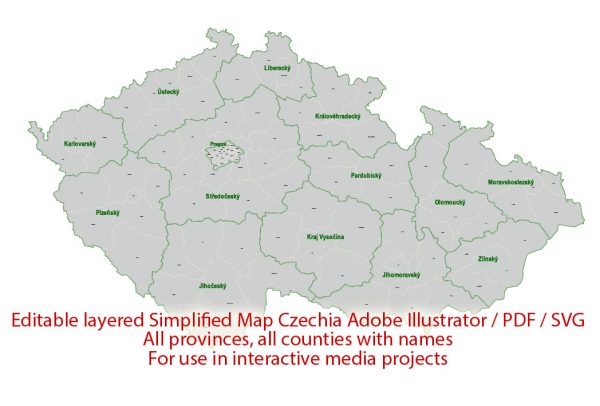
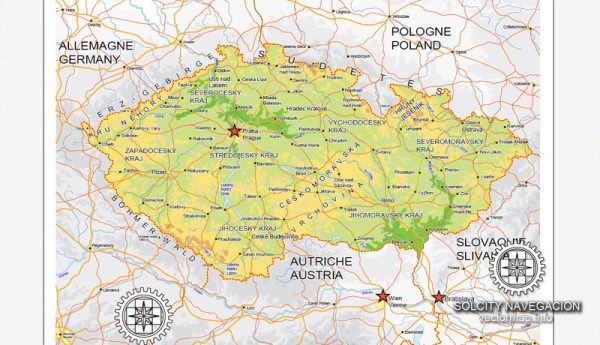
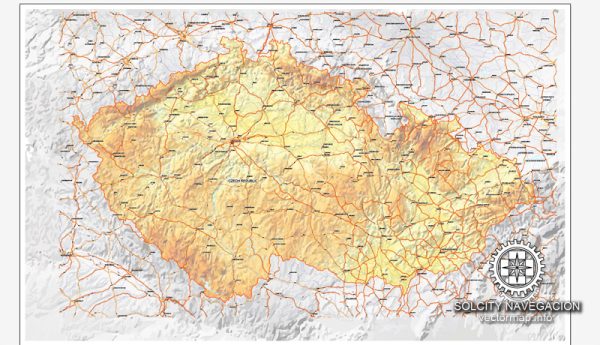
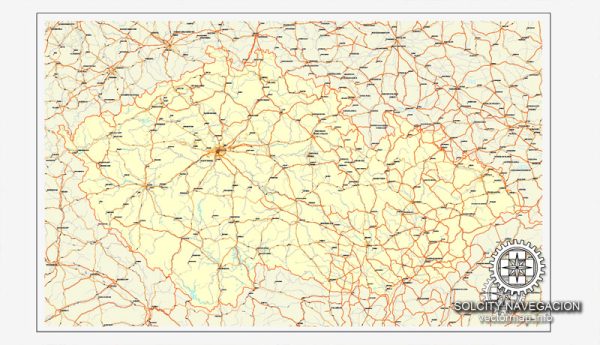
 Author: Kirill Shrayber, Ph.D.
Author: Kirill Shrayber, Ph.D.